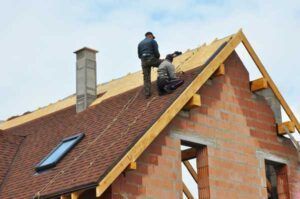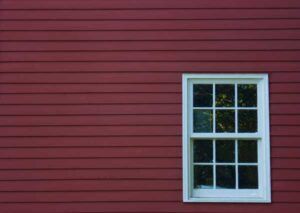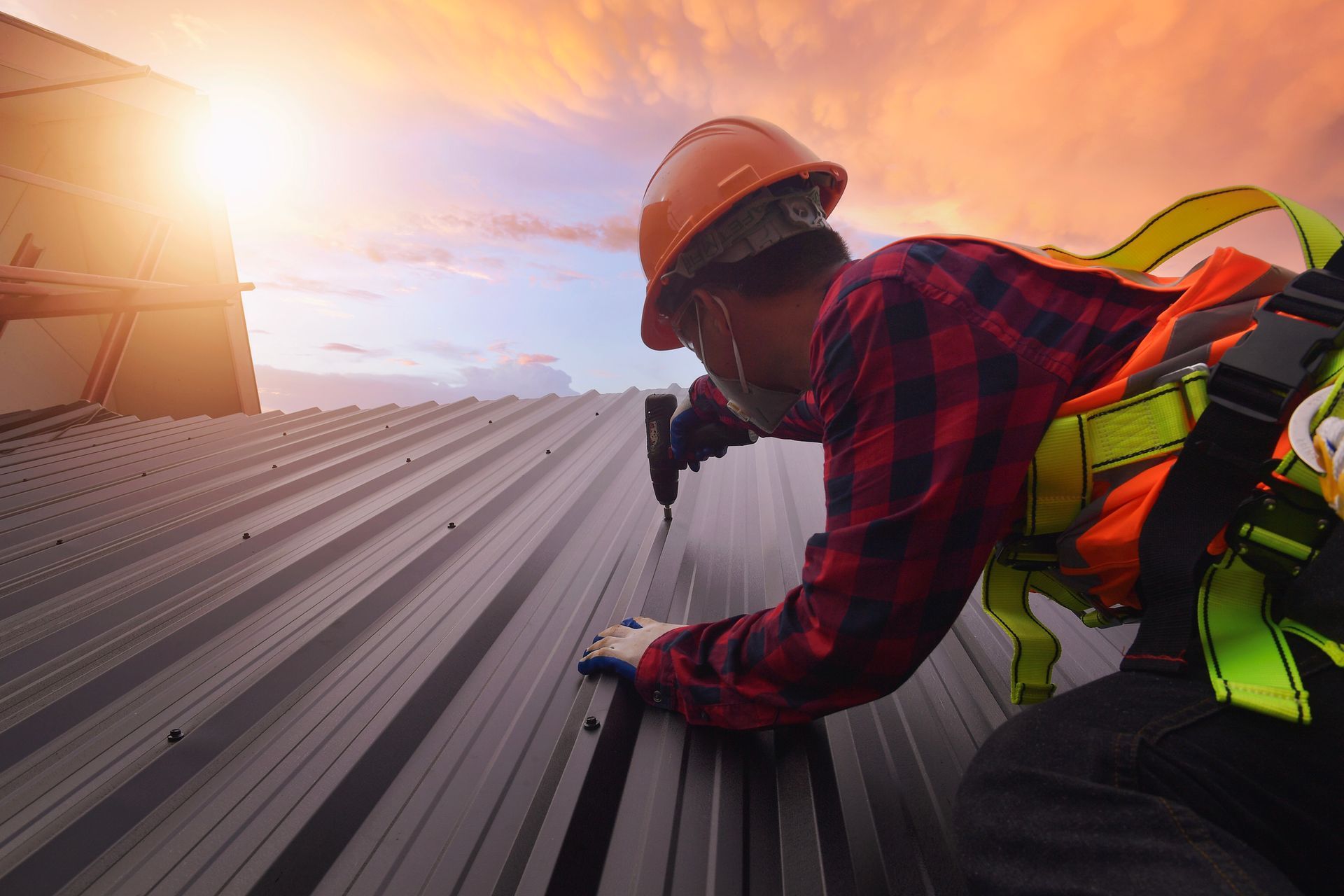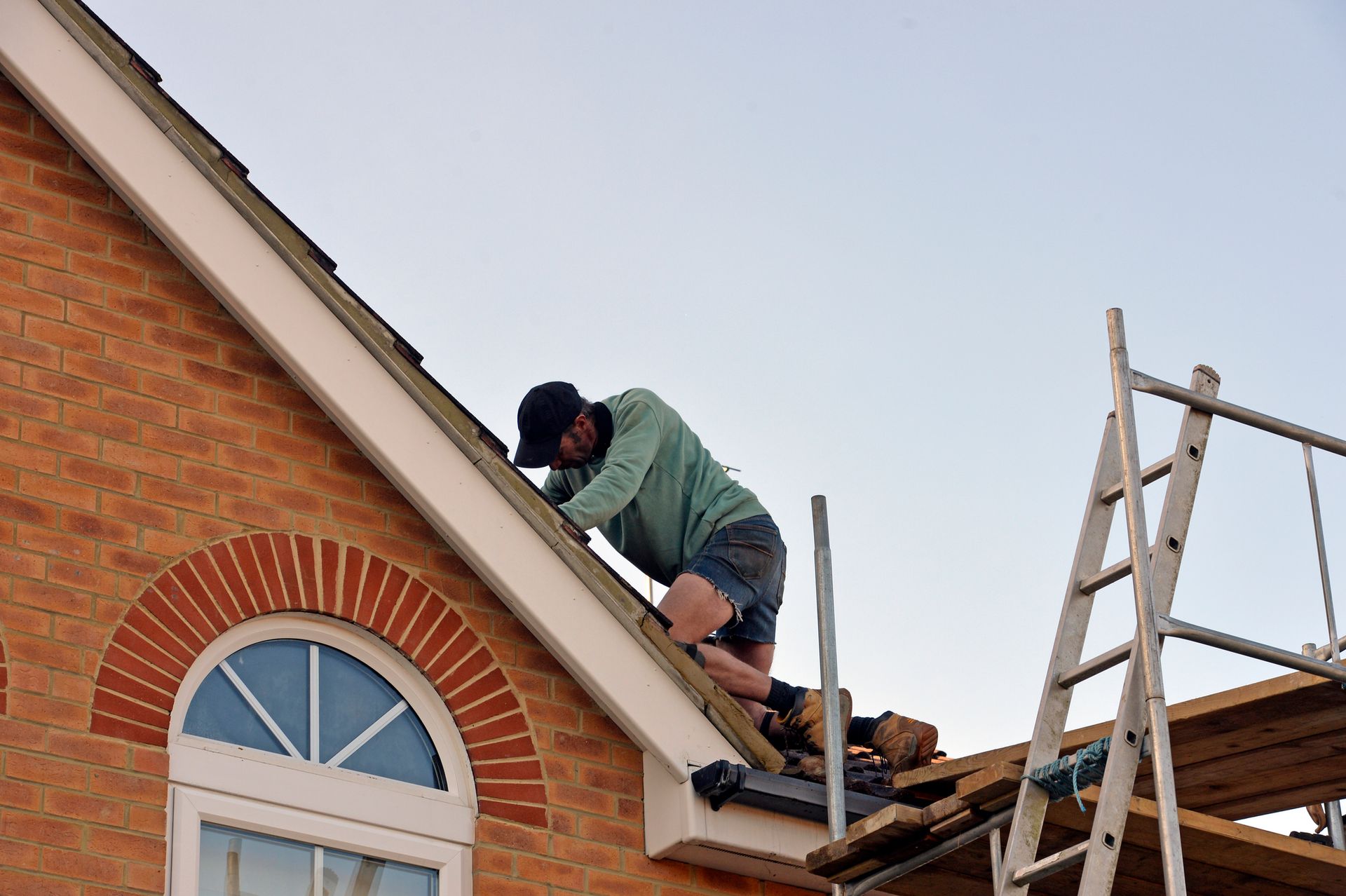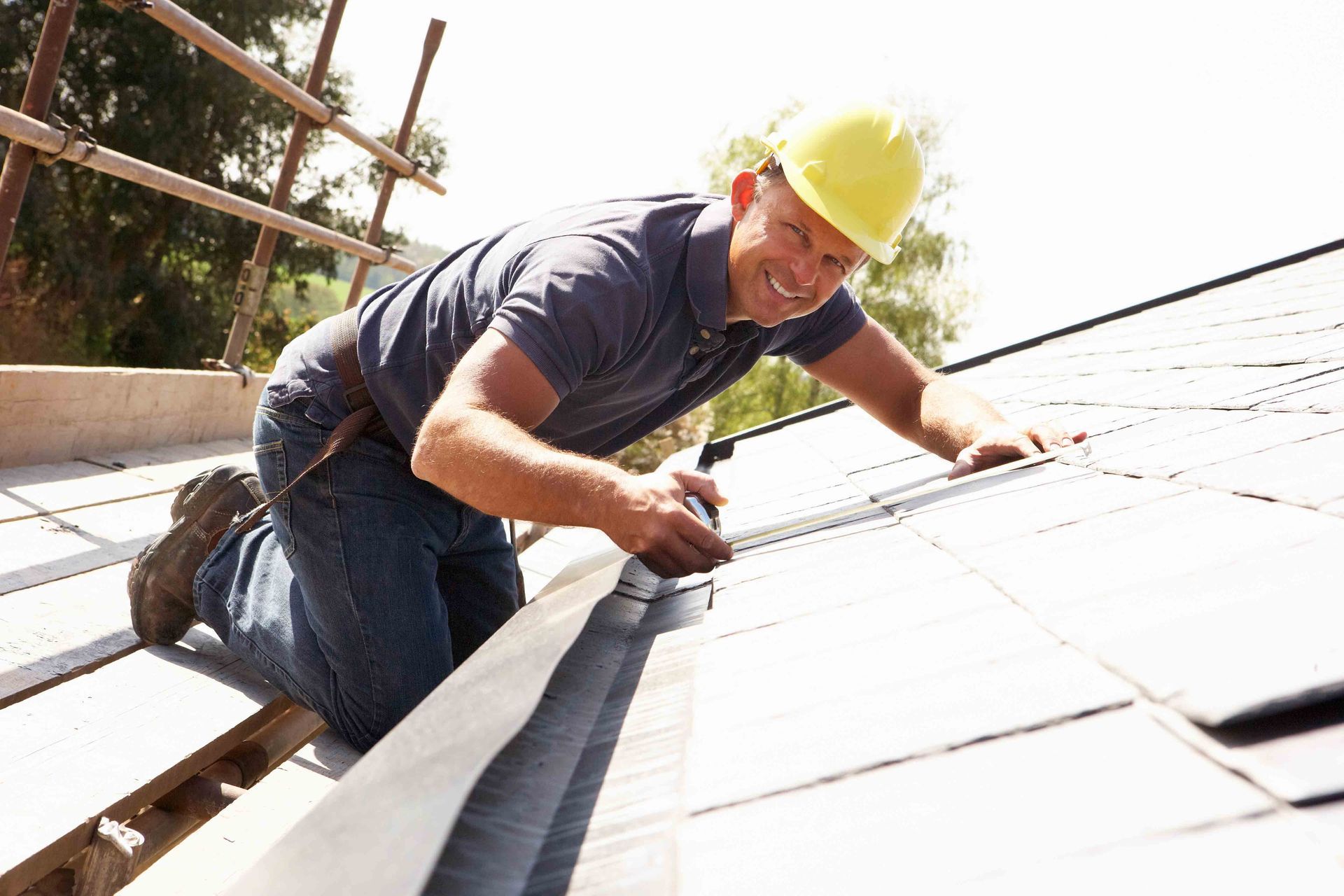Ice Dams 101: What Every Homeowner Needs to Know
An ice dam occurs when a buildup of ice along the outside rim of the roof keeps melted snow from draining properly. The snowmelt backs up behind the ice dam, which then allows the water to get beneath the shingles and leak into your home. Ice dams can cause a lot of damage to both the roof and your home’s interior if you don’t spot and address them right away.
Signs of Ice Dams
Dams can be difficult to spot under a thick layer of snow, but fortunately you can look for a few signs of a forming dam.
Uneven Melt
Ice dams often form as a result of frequent melting and refreezing, which leads to the creation of a thick ice layer near the eaves of the roof. Go outside an hour or two after a snowfall and survey your roof. If you notice areas where the snow has already begun to melt, you may have a hot spot. Ice dams often form just down the roof from a hot spot.
Icicles
Icicles along the edges of the roof aren’t uncommon, but some icicles may indicate an ice dam. The concern is when large icicles begin to form along the outer edge of your gutters. Ice often forms first in the gutter. If the ice blocks the gutter completely, then the ice layer starts to build up behind the blocked gutter. Melt will result in the icicles forming as though they are overflowing the gutter, but behind them likely lurks a dam.
Interior Water Stains
Roof leaks are often associated with rain, not when water is locked up in ice and snow. An ice dam that is restricting the runoff of melt water can lead to water stains forming on the ceiling inside your home. If you suspect that you may have an ice dam, inspect the attic for early signs of leakage, such as wet insulation or water stains on the underside of the roof.
Prevention Tactics
Prevention is preferred over repair, so take a couple of steps to keep possible dams from forming.
Rake the Roof
Roof rakes resembles a wide hoe or squeegee, but they are attached to a long telescoping handle. The rake enables you to remove snow from your roof safely from the ground. If you suspect your roof is in danger of an ice dam, use a roof rake to remove the excess snow on your roof after a snowfall so a dam cannot form.
Manage Roof Temperature
A cold roof remains frozen, so melt water doesn’t occur and ice dams can’t form. Make sure the insulation level in your attic is sufficient to keep the interior heat from leaching out to the roof. Also, verify that your roof has adequate venting, particularly along the soffits, and that none of these vents are blocked.
Emergency Action
Once you have an ice dam, you need to act fast before the water trapped behind it begins to leak into your home.
Refreeze the Area
Sometimes the best tactic is to wait for an upcoming melt to get rid of the dam naturally. In this case, your goal is to keep the water trapped behind the dam frozen until the temperatures warm so that water won’t leak into your house. Take a fan into the attic and aim it right behind the dam, where the leak is forming. The cold air should refreeze the water and temporarily stop the leak.
Create Channels
Another option is to create a channel through the dam so melt water can flow off the roof instead of backing up beneath the shingles. Don’t try to chip out a channel, though, as this can damage your roof.
Instead, place a chemical ice melter into the leg from a pair of pantyhose or into a thin knee high sock. Lay this on top of the dam. The ice melt will melt out a channel, and the hose makes it easy to remove the chemical melt once the job is done.
Contact D.S. Bahr Construction, Inc., for more help with your winter roof issues.
The post Ice Dams 101: What Every Homeowner Needs to Know appeared first on D.S. Bahr Constraction, Inc.

